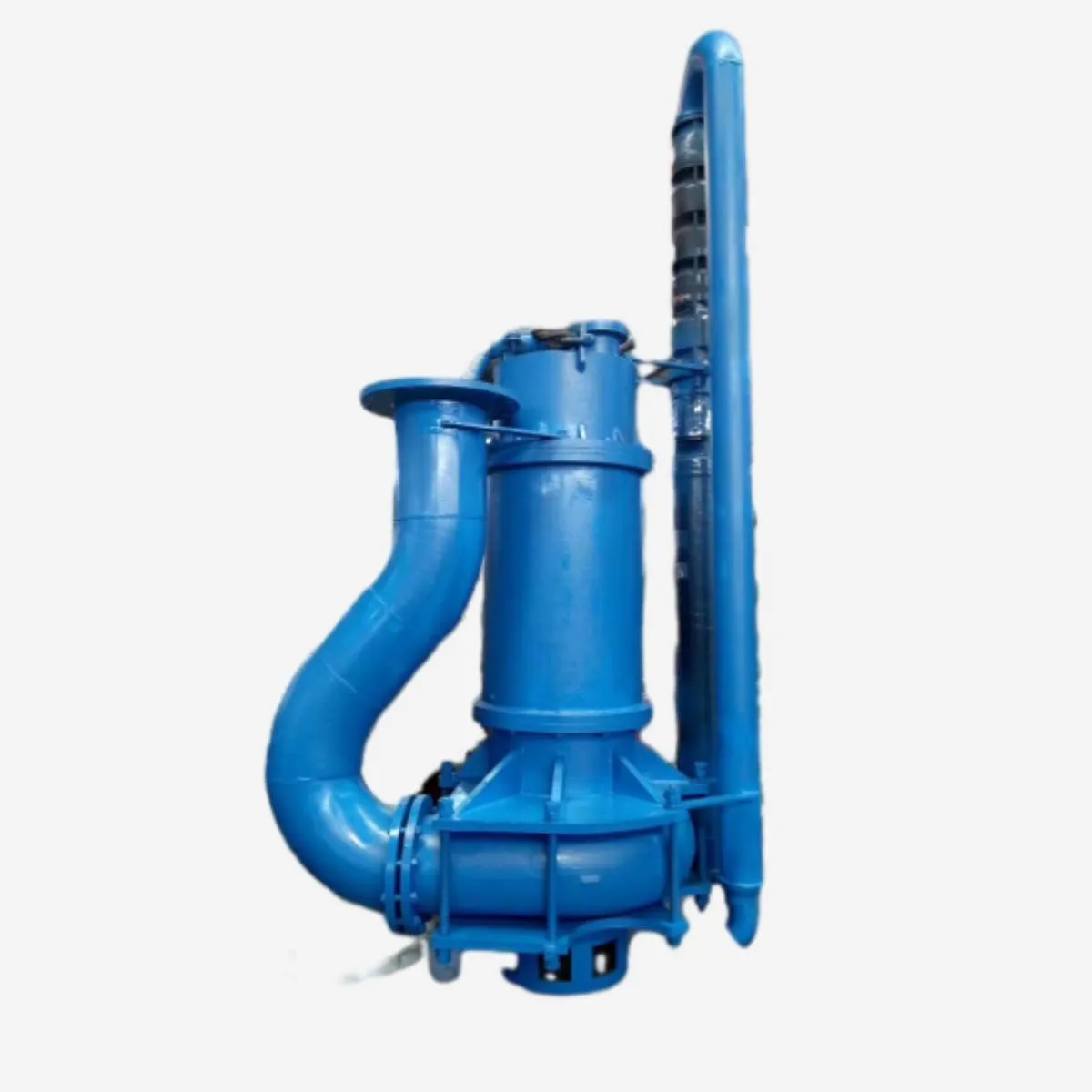English
- Afrikaans
- Albanian
- Amharic
- Arabic
- Armenian
- Azerbaijani
- Basque
- Belarusian
- Bengali
- Bosnian
- Bulgarian
- Catalan
- Cebuano
- Corsican
- Croatian
- Czech
- Danish
- Dutch
- English
- Esperanto
- Estonian
- Finnish
- French
- Frisian
- Galician
- Georgian
- German
- Greek
- Gujarati
- Haitian Creole
- hausa
- hawaiian
- Hebrew
- Hindi
- Miao
- Hungarian
- Icelandic
- igbo
- Indonesian
- irish
- Italian
- Japanese
- Javanese
- Kannada
- kazakh
- Khmer
- Rwandese
- Korean
- Kurdish
- Kyrgyz
- Lao
- Latin
- Latvian
- Lithuanian
- Luxembourgish
- Macedonian
- Malgashi
- Malay
- Malayalam
- Maltese
- Maori
- Marathi
- Mongolian
- Myanmar
- Nepali
- Norwegian
- Norwegian
- Occitan
- Pashto
- Persian
- Polish
- Portuguese
- Punjabi
- Romanian
- Russian
- Samoan
- Scottish Gaelic
- Serbian
- Sesotho
- Shona
- Sindhi
- Sinhala
- Slovak
- Slovenian
- Somali
- Spanish
- Sundanese
- Swahili
- Swedish
- Tagalog
- Tajik
- Tamil
- Tatar
- Telugu
- Thai
- Turkish
- Turkmen
- Ukrainian
- Urdu
- Uighur
- Uzbek
- Vietnamese
- Welsh
- Bantu
- Yiddish
- Yoruba
- Zulu
Telephone: +86 13120555503
Email: frank@cypump.com
Dec . 05, 2024 12:50 Back to list
Understanding Pumped Tank Septic System Design and Maintenance for Homeowners
Understanding Pump Tank Septic Systems
Septic systems are essential for managing wastewater in areas that lack access to centralized sewage treatment. Among the various components of a septic system, the pump tank plays a crucial role, especially in scenarios where gravity alone cannot ensure proper drainage. A pump tank septic system is designed to efficiently handle wastewater, protecting both the environment and public health.
What is a Pump Tank Septic System?
A pump tank septic system consists of several components, including a septic tank, pump tank, and drain field. The primary function of the septic tank is to separate solids from liquids in wastewater. This initial treatment allows heavier solids to settle at the bottom, forming sludge, while lighter materials float to the top, creating a scum layer. The effluent, which is the liquid that exits the septic tank, is directed into the pump tank.
The pump tank is equipped with a submersible pump that comes into action when the water level in the tank reaches a certain height, known as the pump-on level. Once activated, the pump moves the wastewater from the pump tank to the drain field or soil absorption area for further treatment.
Key Benefits of Pump Tank Systems
1. Improved Wastewater Management Pump tank systems are particularly beneficial in properties that are situated on slopes or at a lower elevation than the drain field. This ensures that wastewater can be moved efficiently without relying solely on gravity.
3. Reduced Risk of Backups A properly maintained pump tank helps prevent backups and overflows, which can lead to unpleasant odors, health hazards, and potential environmental contamination.
pump tank septic system

4. Energy Efficiency Modern pump systems are designed to be energy-efficient, utilizing low-wattage pumps that consume less electricity while providing sufficient flow for wastewater disposal.
System Maintenance
While pump tank septic systems are robust and reliable, regular maintenance is crucial to ensure their continued effectiveness. Here are some essential maintenance tips
- Routine Inspections Periodically check the pump and tank for any signs of wear and tear. Inspect the floats, electrical components, and the condition of the tank itself.
- Pump Maintenance Depending on usage and local regulations, it may be necessary to replace the pump every few years. Ensure that the pump has been properly installed and that it is functioning correctly.
- Effluent Filters Investing in effluent filters can help to prevent solids from entering the drain field, reducing the risk of clogs and extending the life of your system.
- Professional Pumping Have the septic tank pumped out every three to five years, or as recommended based on usage. This helps to remove accumulated sludge and scum, maintaining the efficiency of the system.
Conclusion
A pump tank septic system is an effective solution for wastewater management, particularly in areas where traditional gravity-fed systems may be inadequate. By understanding the components, benefits, and maintenance requirements of these systems, homeowners can ensure that they operate efficiently and contribute to a healthier environment. Proper management of a pump tank septic system not only protects your property but also plays a critical role in safeguarding local ecosystems from wastewater pollution. With careful attention and regular maintenance, these systems can provide reliable service for many years to come.
-
ISG Series Vertical Pipeline Pump - Chi Yuan Pumps Co., LTD.|Advanced Hydraulic Design&Energy-Efficient Solutions
NewsJul.30,2025
-
ISG Series Vertical Pipeline Pump - Chi Yuan Pumps Co., LTD.
NewsJul.30,2025
-
ISG Series Vertical Pipeline Pump - Chi Yuan Pumps Co., LTD.|energy-efficient fluid handling&industrial durability
NewsJul.30,2025
-
ISG Series Vertical Pipeline Pump - Chi Yuan Pumps | Advanced Engineering&Industrial Efficiency
NewsJul.30,2025
-
ISG Series Pipeline Pump - Chi Yuan Pumps | High Efficiency, Energy Saving
NewsJul.30,2025
-
ISG Series Vertical Pipeline Pump-Chi Yuan Pumps|High Efficiency&Reliable Performance
NewsJul.29,2025










